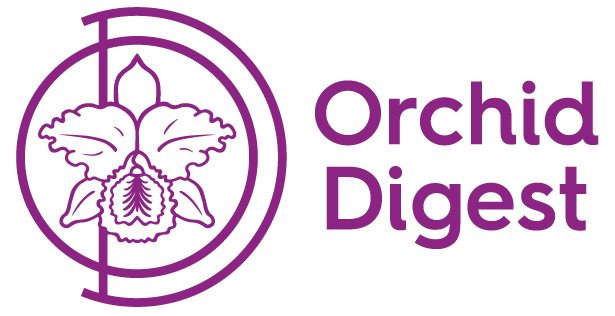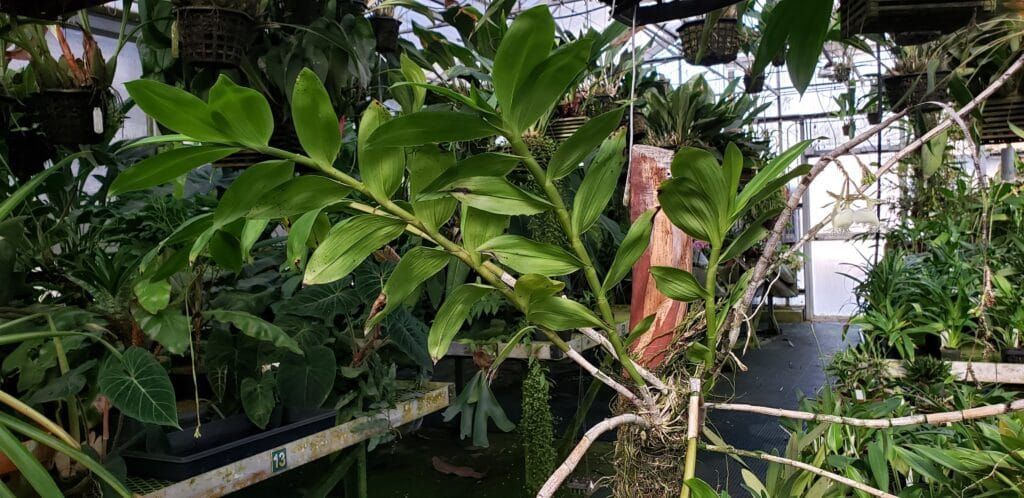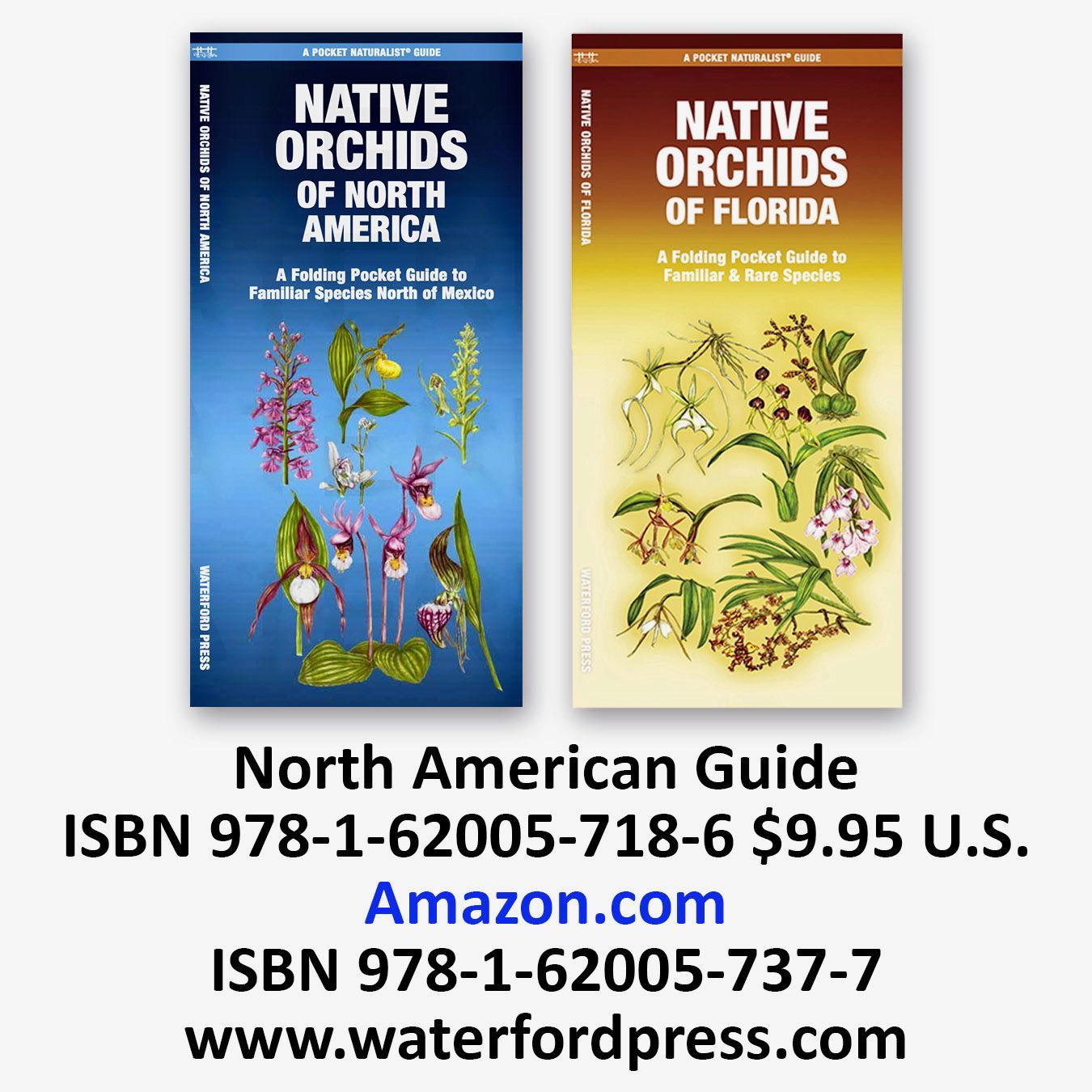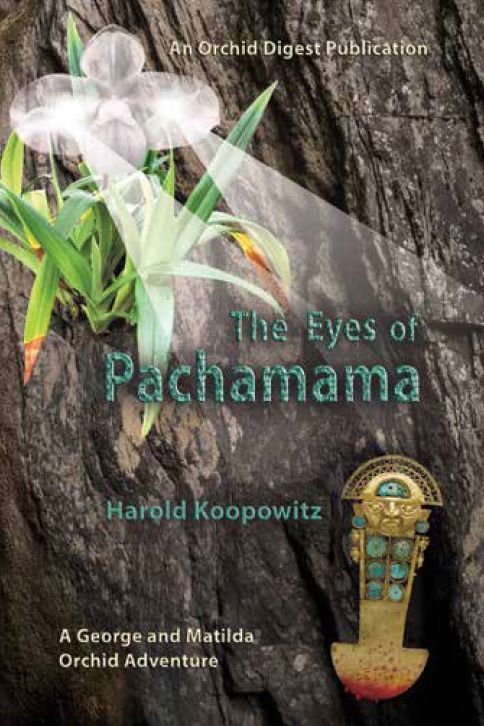Epidendrum ilense
December 4, 2020
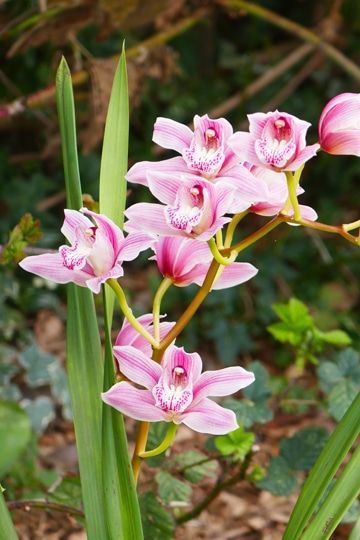
Photographer ©Phil Cribb The Orchid Digest Front Cover 85-4 Cymbidium insigne Rolfe, Gard. Chron., ser. 3, 35: 387 (1904) Cymbidium insigne is found in southern and central Vietnam throughout most of this mountainous region, particularly the Lang Bian Mountains near Dalat. Seidenfaden (1993) also reported collections from near Chapa in extreme northern Vietnam near the …
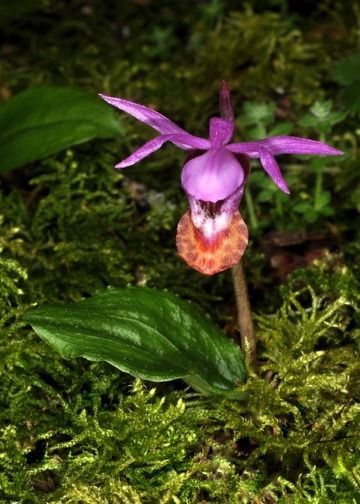
Photographer ©Ron Parsons The Orchid Digest Front Cover 86-1 Calypso bulbosa var. occidentalis (Holz.) Cockerell, Torreya 16: 185 (1916) Calypso bulbosa var. occidentalis is a terrestrial orchid found in the northwestern regions of Canada and the United States. It is found in Alaska, California, Idaho, Montana, Oregon, and Washington in the USA. In Canada, it …
Calypso bulbosa var. occidentalis in situ Read More »
The post Calypso bulbosa var. occidentalis in situ appeared first on Orchid Digest.
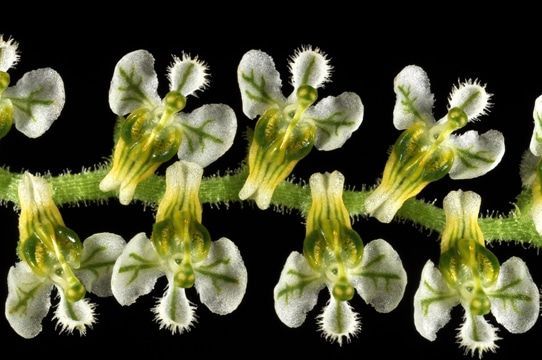
Photographer ©Ron Parsons, grown by Mary Gerritsen The Orchid Digest Back Cover 86-1 Ornithocephalus ciliatus Lindl., Ann. Nat. Hist. 4: 383 (1840) Ornithocephalus ciliatus is a twig epiphyte growing on old citrus trees and shrubs in montane rain forests. As you can imagine, growing on a twig would result in low water and nutrient availability …
Ornithocephalus ciliates Read More »
The post Ornithocephalus ciliates appeared first on Orchid Digest.
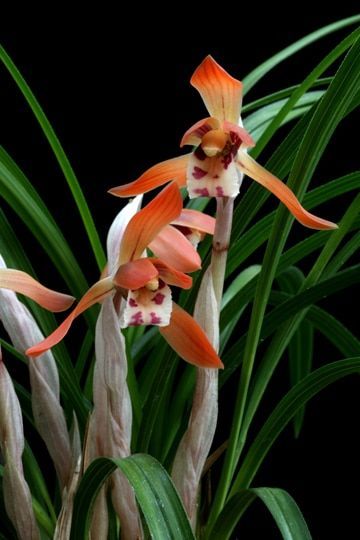
Photographer ©Johan Hermans The Orchid Digest Back Cover 85-4 Cymbidium goeringii (Rchb.f.) Rchb.f. in W.G.Walpers, Ann. Bot. Syst. 3: 547 (1852) Cymbidium goeringii is native to Bhutan, China, India, Japan, Korea, and Taiwan. Confucius was the first to document this species in writing. The flowers, held low amid the leaves, are scented—the plants flower in …
Cymbidium goeringii Read More »
The post Cymbidium goeringii appeared first on Orchid Digest.
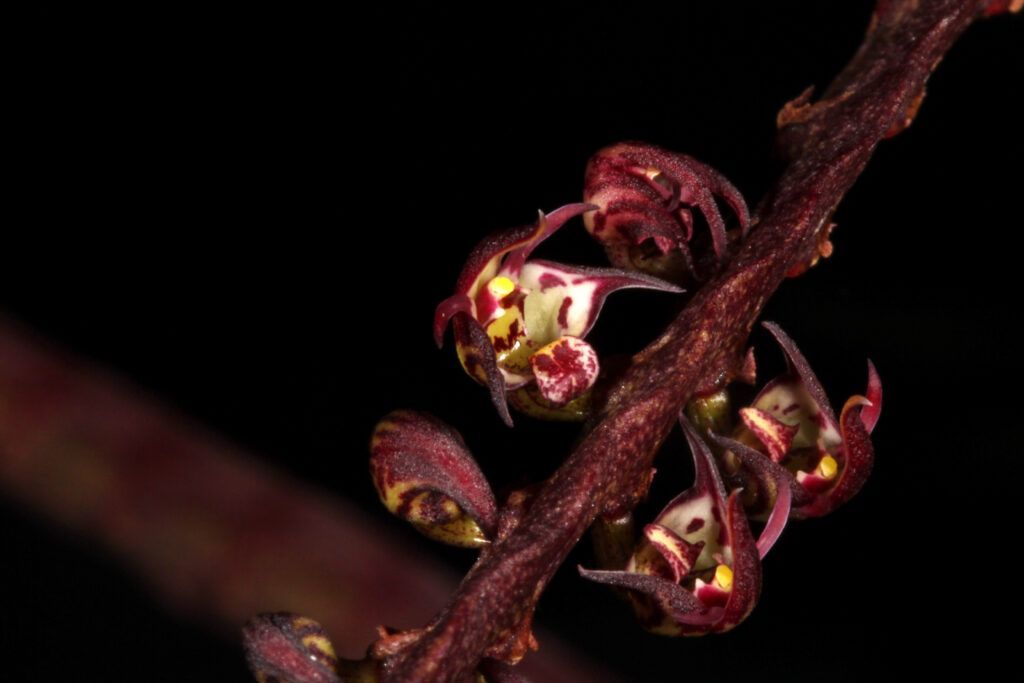
Bulbophyllum scaberulum Photographer: John Varigos A widespread African species found in most of the countries of central and South Africa. It is a creeping epiphytic or occasionally lithophytic and found at 100 to 1800 meters (350 to 5,900 feet). The plants usually grow in riverside forests. It has many flowers per inflorescence and the flowers …
Bulbophyllum scaberulum Read More »
The post Bulbophyllum scaberulum appeared first on Orchid Digest.
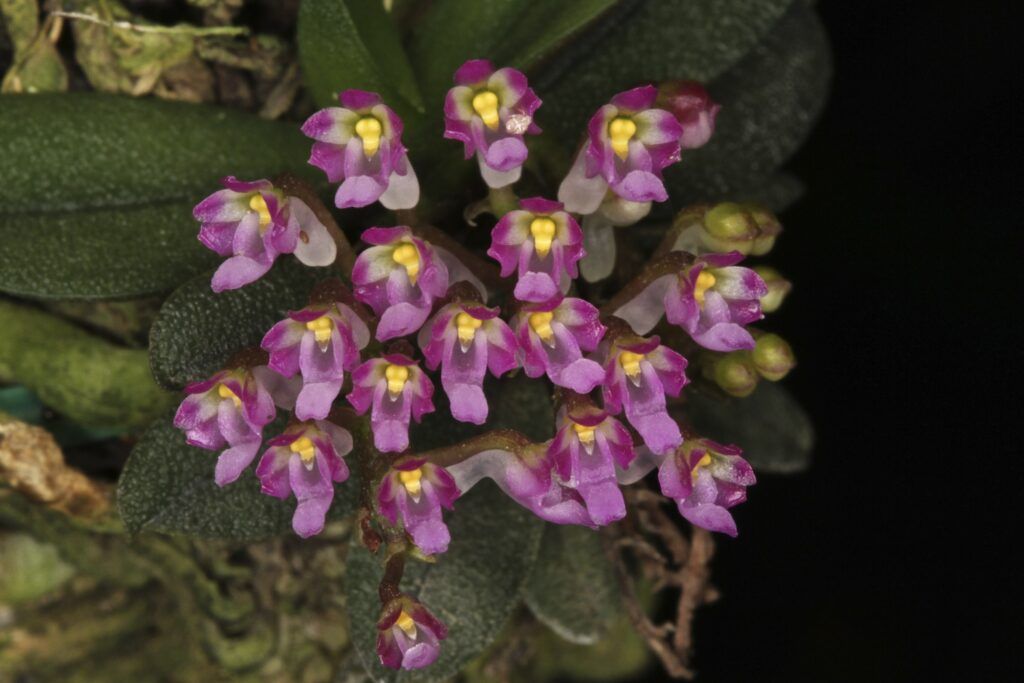
Schoenorchis seidenfadenii Photographer: John Varigos The genus Schoenorchis consists of 25, mini-miniature to small-sized, monopodial epiphytes occurring in Asia from the Himalayas to New Guinea. Schoenorchis seidenfadenii is found in Thailand and Vietnam at elevations of 550 to 600 meters (1,804 to 1,969 feet). It is a miniature-sized, warm growing, creeping epiphyte. It flowers in …
Schoenorchis seidenfadenii Read More »
The post Schoenorchis seidenfadenii appeared first on Orchid Digest.
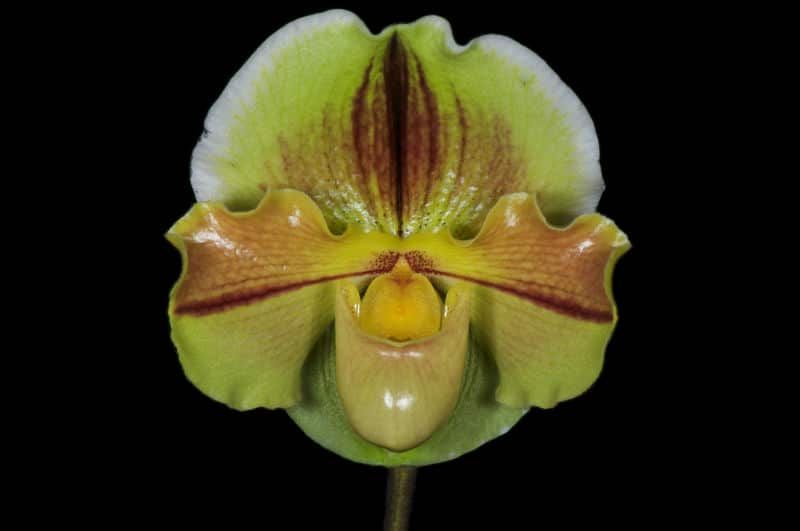
Paphiopedilum Pavarotti x Paphiopedilum Billy Bunter) Originator: Barry Fraser Registered: 2007 by Matsui Nurseries Grown by Tim Culbertson Photo by Eric Hunt Background: Insigne (45.7%) spicerianum (21%) villosum (13.1%, boxallii, duryi, fairrieanum, bellatulum Paph. Pavarotti (Harvest Time x Divisadero) Paph. Billy Bunter (Meadow Mist x Via Avila Beach) No Awards Progeny: Paph Tuscon (Jack Straw …
Paphiopedilum Jack Straw “From Wichita” Read More »
The post Paphiopedilum Jack Straw “From Wichita” appeared first on Orchid Digest.
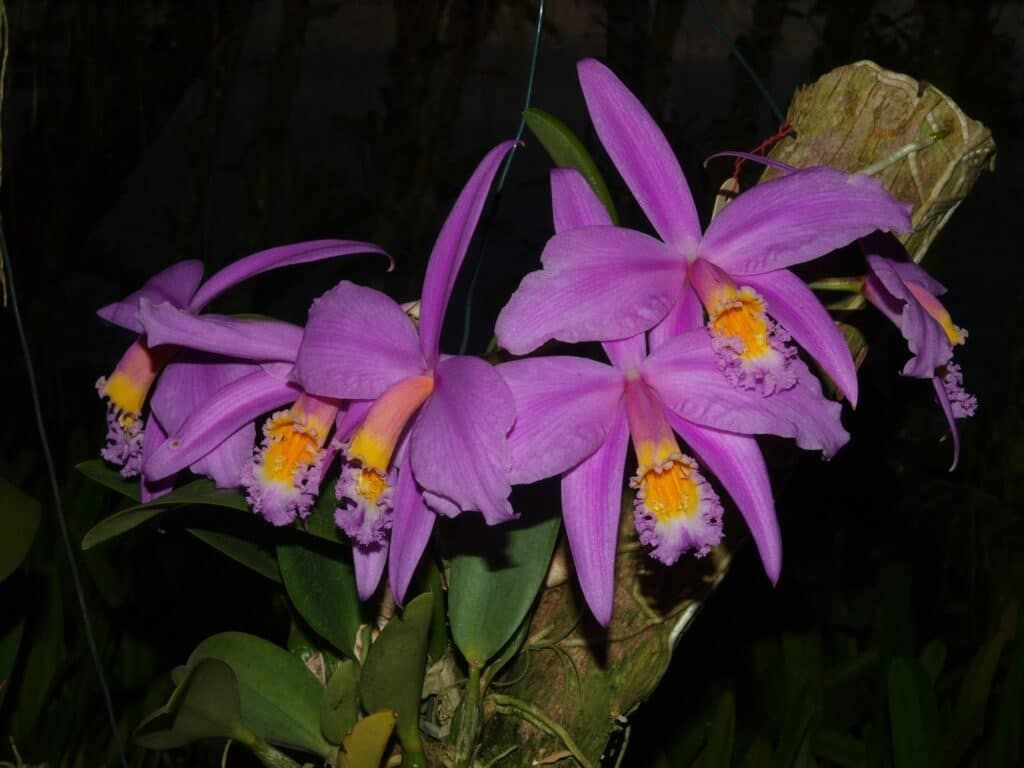
We hope that you joined us for the first Orchid Digest International Speakers Day held on Saturday, October 31, 2020. Alek Zaslawski of AWZ Orguídeas in Vitória, Brazil, was one of four fabulous speakers! The topic of his presentation was “The Beautiful Brazilian Mountains and the Orchid that Grow There.” Cattleya jongheana (synonym Laelia jongheana) …
Cattleya jongheana Read More »
The post Cattleya jongheana appeared first on Orchid Digest.
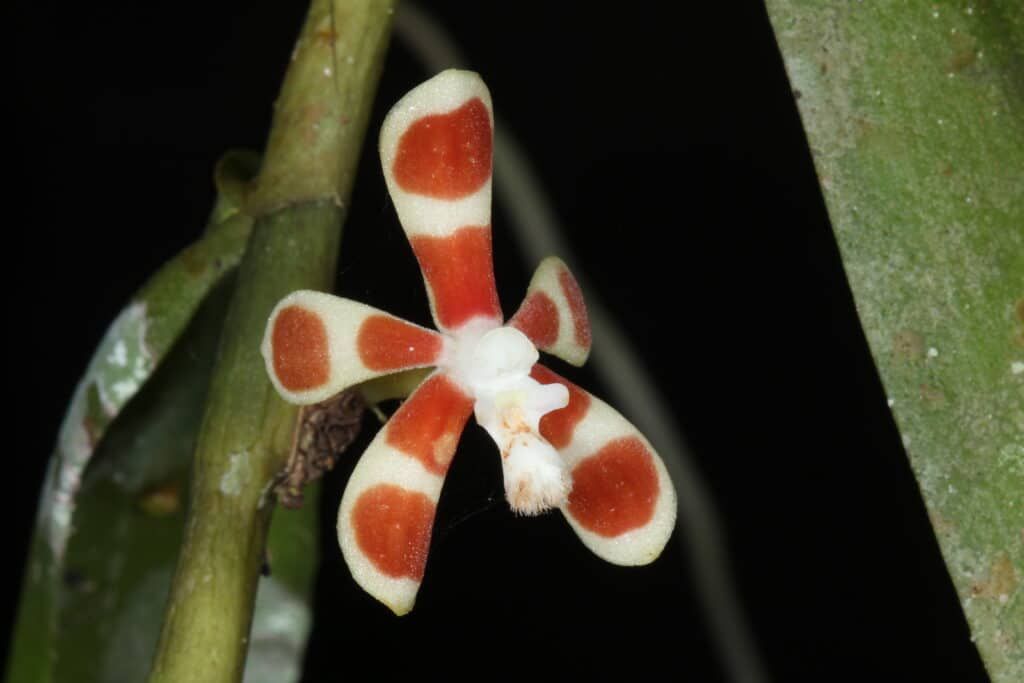
There are 86 species in the genus Trichoglottis. Here’s an interesting one, Trichoglottis scaphigera, with a white background. They are also found with a yellow background. This species is found in Thailand, Malaysia, and Borneo around 400 meters (1,300 feet). This would be a good orchid for those who live in warm climes. It requires …
Trichoglottis scaphigera Read More »
The post Trichoglottis scaphigera appeared first on Orchid Digest.
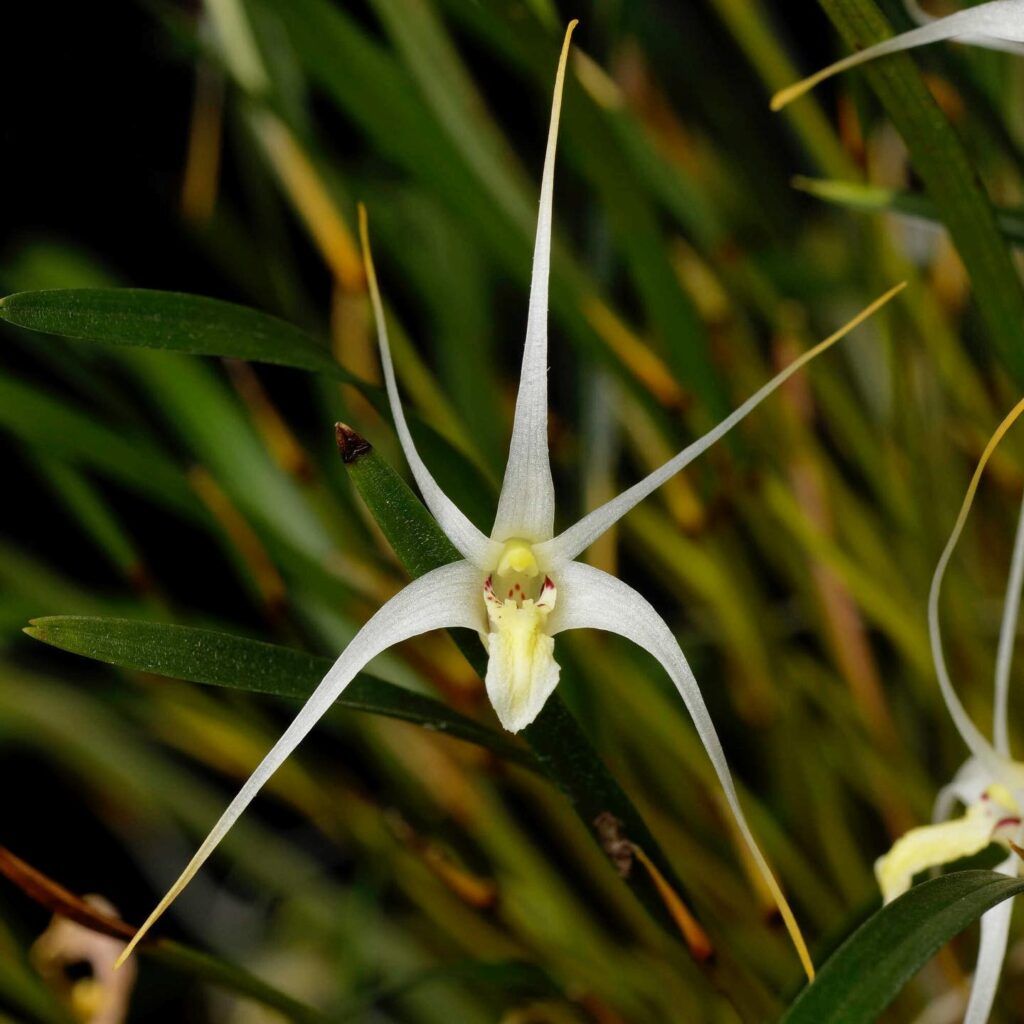
When the morning greets me with a nice flowering Diplocaulobium tentaculatum, I know it is a good day. This is a one-day wonder orchid; it opens its flowers early morning and by about 6 PM, they are all wilted. I don’t quite know how the plant synchronizes the flowering of all flowers, but it sure …
Diplocaulobium tentaculatum Daniel Geiger Read More »
The post Diplocaulobium tentaculatum Daniel Geiger appeared first on Orchid Digest.
